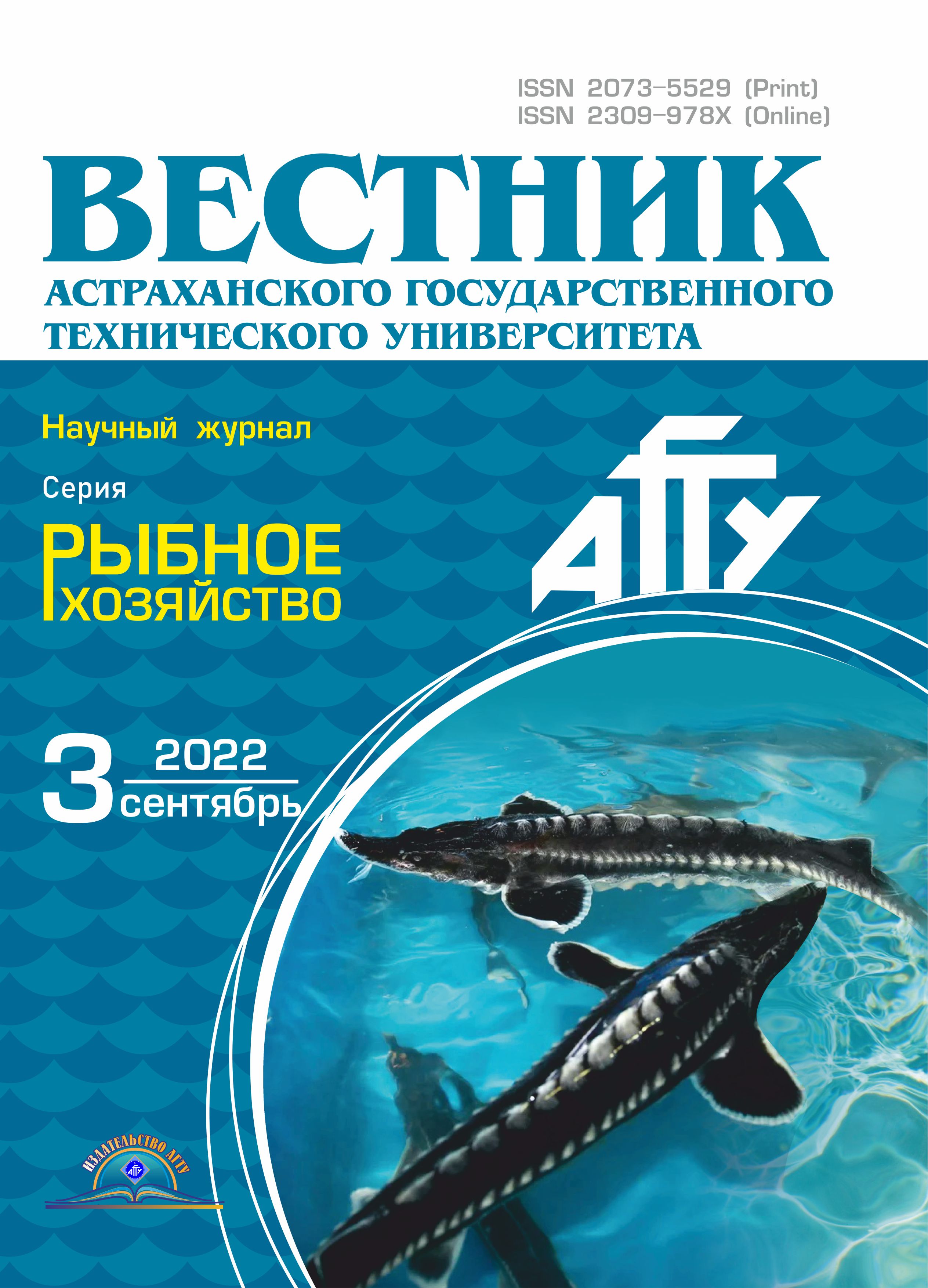Россия
Россия
Россия
Двустворчатые моллюски по своим физиологическим особенностям являются естественными фильтраторами водной среды. Пропуская через себя морскую воду, содержащую эмульгированную нефть, они связывают ее капельки в псевдофекалии, тем самым ускоряя самоочищение воды. При этом отмечено, что мидии устойчивы к нефтяному загрязнению. В экспериментах показано, что в аквариумах с мидиями содержание нефтяных углеводородов уменьшается быстрее, чем в аналогичных емкостях без мидий. Взаимодействие мидий с нефтью подробно изучено. Установлено, что при прохождении через организм мидий изменяется групповой состав нефтепродуктов. Отмечается осмоление нефти, которое наблюдается и при ее естественном выветривании. В настоящее время для доочистки природных экосистем от нефтяного загрязнения широко используется метод интродукции активных углеводородокисляющих микроорганизмов, зачастую с одновременным внесением дополнительных биогенных элементов, так называемая биоаугментация. В связи с этим изучение взаимодействия нефтеокисляющих микроорганизмов и моллюсков представляет практический и научный интерес. Целью работы являлось изучение взаимодействия углеводородокисляющих микроорганизмов на моллюсков рода Unio и других компонентов микроэкосистемы при моделировании процесса нефтяного загрязнения. Проведено исследование речной воды, грунта и моллюсков рода Unio из модельных микроэкосистем на обсемененность сапрофитной и углеводородокисляющей микрофлорой при дополнительном внесении углеводородокисляющих микроорганизмов – Serratia grimesii и Bacillus sp.3 в условиях загрязнения каспийской нефтью. Выявленные в ходе эксперимента значения бактериального состава сапрофитной и углеводородокисляющей микрофлоры позволяют говорить о процессах восстановления и рекультивации водного объекта, что обусловлено структурно-функциональной организацией экосистем и сообществ.
модельные микросистемы, загрязнение, микроорганизмы, нефть, микрофлора
1. Миронов О. Г. Взаимодействие морских организ-мов с нефтяными углеводородами. Л.: Гидрометиздат, 1985. 227 с.
2. Миронов О. Г., Миловидова Н. Ю., Щекатурина Т. Л. Биологические аспекты нефтяного загрязнения морской среды. Киев: Наукова думка, 1988. 248 с.
3. Миронов О. Г. Потоки нефтяных углеводородов через морские организмы // Мор. эколог. журн. 2006. Т. 5. № 2. С. 5-14.
4. Алякринская И. О. О поведении и фильтрационной способности черноморской мидии в воде, загрязненной нефтью // Зоолог. журн. 1966. Т. 45. № 7. С. 988-1003.
5. Жадин В. И. Моллюски пресных вод СССР. М.: Изд-во АН СССР, 1952. 450 с.
6. Догель В. А. Зоология беспозвоночных животных. М.: Высш. шк., 1975. 560 с.
7. Скопцова Г. Н. Роль зообентоса в самоочищении воды водохранилища // Самоочищение воды и миграция загрязнений по трофической цепи. М.: Наука, 1984. С. 81-85.
8. Клишин А. Ю., Каниева Н. А., Баджаева О. В. Нарушения органов и тканей моллюсков рода Uniо под воздействием нефти // Тр. ВНИРО. 2016. Т. 162. С. 82-86.
9. Миронов О. Г., Щекатурина Т. Л. Углеводороды в морских организмах // Гидробиолог. журн. 1976. Т. 12. № 6. С. 5-15.
10. Миронов О. Г., Щекатурина Т. Л. Об углеводородном составе черноморской мидии // Зоолог. журн. 1977. Т. 56. № 8. С. 1250-1252.
11. Щекатурина Т. Л. Углеводородный состав, его динамика и метаболизм у морских организмов // Биологические аспекты нефтяного загрязнения морской среды. Киев: Наукова думка, 1988. С. 186-234.
12. Pepper I. L., Gentry T. J., Newby D. T., Roane T. M., Josephson K. L. The role of cell bioaugmentation and gene bioaugmentation in the remediation of co-contaminated soils // Environmental Health Perspectives. 2002. vol. 110. N. 6.Р. 943-946.
13. Куликова И. Ю., Дзержинская И. С. Микробиологические способы ликвидации последствий аварийных разливов нефти в море // Защита окружающей среды в нефтегазовом комплексе. Астрахань: Изд-во АГТУ, 2008. С. 24-29.
14. Дзержинская И. С., Курапов А. А., Сопрунова О. Б. Микроорганизмы в процессах деструкции и биоремедиации. Проблемные лекции: учеб. пособие. Астрахань: Изд-во АГТУ, 2009. 238 с.
15. Соколова В. В. Углеводородокисляющие бактерии и ассимиляционный потенциал морской воды Се-верного Каспия: автореф. дис. … канд. биол. наук. Астрахань: Изд-во АГТУ, 2011. 24 с.
16. Родина А. Г. Методы водной биологии. Практи-ческое руководство. М.-Л.: Наука, 1965. 364 с.
17. Методы почвенной микробиологии и биохимии / под ред. Д. Г. Звягинцева. М.: Изд-во МГУ, 1991. 304 с.
18. Белоусова Н. И., Шкидченко А. Н. Деструкция нефтепродуктов различной степени конденсации микроорганизмами при пониженных температурах // Приклад. биохимия и микробиология. 2004. Т. 40. № 3. С. 312-316.
19. Дзержинская И. С. Питательные среды для выделения и культивирования микроорганизмов. Астрахань: Изд-во АГТУ, 2008. 348 с.
20. Каниева Н. А., Гольбина О. В., Федорова Н. Н. Изменение органов и тканей моллюсков рода Unio под воздействием Каспийской нефти // Морфология. 2014. Т. 145. № 3. С. 10.
21. Бульон В. В. Структура и функция микробиальной «петли» в планктоне озерных экосистем // Биология внутренних вод. 2002. Т. 32. № 2. С. 5-14.
















